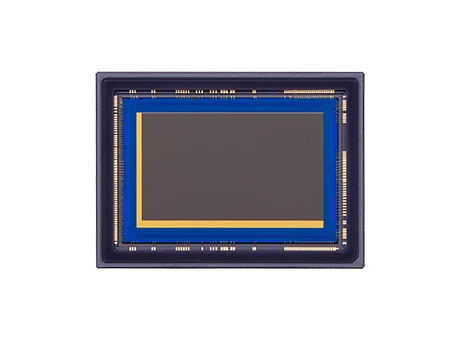Description
The LI3030SA series CMOS sensor delivers enhanced Near Infra‐Red (NIR) detection, high sensitivity and low‐noise imaging performance, even in exceptionally low‐light environments. The sensor’s pixels and readout circuitry employ new technologies that reduce the signal‐to‐noise ratio resulting in higher sensitivity. It is available with an RGB-NIR color filter or in Monochrome.
LI3030SA CMOS Sensor
Specifications
| Sensor Type: | CMOS |
|---|---|
| Resolution: | 2.76 MP |
| # Pixels (H): | 2160 |
| # Pixels (V): | 1280 |
| Pixel Size (H): | 19 um |
| Pixel Size (V): | 19 um |
| Full Frame Rate: | 98 fps |
| Filter Type: | Monochrome |
| Filter Type: | RGB-NIR |
| Filter Type: | RGB |
Features
- Enhanced Near Infra-Red (NIR) Detection: The LI3030SA CMOS sensor features a deep well design that efficiently converts longer wavelength photons into electrons, significantly increasing quantum efficiency in the NIR region. This makes it ideal for applications requiring NIR detection, while maintaining cost-effectiveness compared to exotic sensor types.
- High Sensitivity and Low-Noise Imaging: The sensor employs advanced pixel and readout circuitry technologies to reduce the signal-to-noise ratio, ensuring high sensitivity and exceptional imaging performance even in low-light environments.
- RGB-NIR Pixel Filter: By replacing one of the green filters on a standard Bayer filter with a NIR filter, the LI3030SA allows for the separation of visible and NIR wavelengths. This simplifies dual sensor systems by reducing size, weight, and power (SWaP) requirements, and enhances systems detecting both NIR and visible wavelengths.
- Evaluation Kit Available: The Canon High Sensitivity Evaluation Kit includes a camera with a pre-installed LI3030SA sensor. It features a USB 3.1 (Gen 1) interface for raw data serial output and an open architecture design, allowing developers to embed processing and software with the on-board ARM and FPGA.
- Flexible Filter Options: Available in Monochrome, RGB-NIR, and RGB filter types, the LI3030SA series offers versatility to suit various imaging requirements.
Applications
- Surveillance
- Space Imaging
- Biomedical Imaging
Frequently Asked Questions
What is the LI3030SA sensor?
The LI3030SA is a CMOS sensor that delivers enhanced Near Infra-Red (NIR) detection, high sensitivity, and low-noise imaging performance, even in exceptionally low-light environments.
What are the benefits of enhanced NIR detection in the LI3030SA?
Enhanced NIR detection in the LI3030SA allows for more efficient conversion of photons with longer wavelengths into electrons, increasing quantum efficiency in the NIR region. This benefits applications requiring NIR detection by offering a cost-effective CMOS sensor solution that can detect both visible and NIR wavelengths.
What is the RGB-NIR color filter?
The RGB-NIR color filter replaces one of the green filters in a standard Bayer filter with a Near Infra-Red (NIR) filter. This allows the sensor to separate visible and NIR wavelengths, simplifying dual sensor systems and enhancing current solutions detecting both NIR and visible wavelengths.
What is the purpose of the Canon High Sensitivity Evaluation Kit?
The Canon High Sensitivity Evaluation Kit allows integrators and end users to assess the performance of the LI3030SA sensor. It provides assets for image system designers to accelerate development time and features a camera with a pre-installed LI3030SA sensor, offering raw data output via USB 3.1 (Gen 1).
What are the interface options available in the Evaluation Kit?
The Evaluation Kit features a USB 3.1 (Gen 1) interface for raw data serial output. It also has an open architecture design that allows developers to embed processing and software using the on-board ARM and FPGA.
What are the available filter types for the LI3030SA sensor?
The available filter types for the LI3030SA sensor include Monochrome, RGB-NIR, and RGB.
How does the LI3030SA sensor enhance system capabilities?
The LI3030SA sensor enhances system capabilities by providing high sensitivity and low-noise imaging in low-light environments, and by allowing for the separation of visible and NIR wavelengths. This simplifies system design and reduces size, weight, and power (SWaP) requirements.
Similar Products
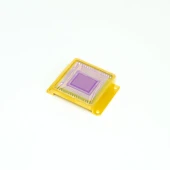
NSC1601 SWIR InGaAs Sensor
New Imaging Technologies (NIT)
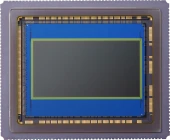
LI7080SA CMOS Sensor
Canon USA
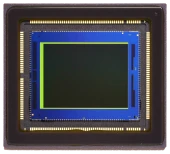
Canon LI7030SA CMOS Sensor
Canon USA
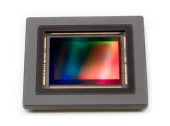
LI8010SA CMOS Sensor by Canon
Canon USA
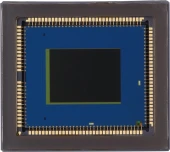
LI7060SA CMOS Sensor
Canon USA
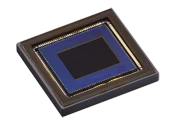
LI5040SA CMOS Sensor
Canon USA

LI5030SA CMOS Sensor
Canon USA
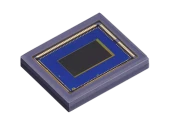
Canon LI7050SA CMOS Sensor
Canon USA
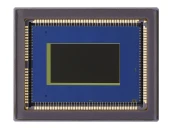
LI7070SA CMOS Sensor
Canon USA
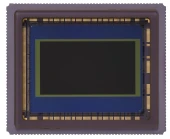
LI5070SA Canon CMOS Sensor
Canon USA
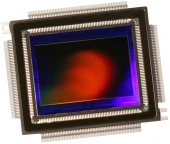
LI8020SA CMOS Sensor
Canon USA
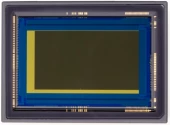
35MMFHDXSCA CMOS Sensor
Canon USA
Thank You!
Your inquiry has been received.
Create an account by adding a password
Why create an account?
- Auto-complete inquiry forms
- View and manage all your past messages
- Save products to your favorites
- Close your account anytime — no hassle
